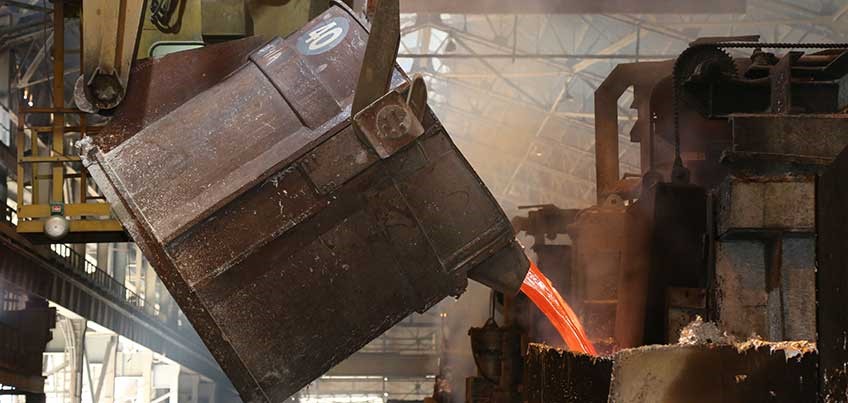

Researchers from iForest, Delhi are instigating policymakers to make a shift to a green energy-based economy in Odisha’s Angul region, one of India’s largest coal generating zones. This step is to ensure a circular economy for energy, steel, urea and aluminium production units so that the coal reserves stay preserved for a longer period of time.

On August 24, the Delhi-based environmentalist organisation, International Forum for Environment, Sustainability and Technology (iFOREST), published a report showing how Odisha’s largest coal-producing industrial district, Angul, can have smooth transmit energy to build a green economy in the upcoming days.
Analytical reports from iFOREST stated: “Coal production is expected to grow threefold over the next 10 years in Angul, from 96.7 million metric tonnes currently to 308.8 MMT by 2033. Mine closure will start after 2040, and the last mine will close by 2070, considering a full operational life. However, an accelerated and ambitious climate action to meet 1.5°C climate goals requires coal production to be phased out by 2050 through strategic planning.”
According to the reports by iFOREST, Angul now yields almost 12 per cent of India’s total coal inventory and 56 per cent of Odisha’s total coal production. In the next ten years, the coal production in Angul has been estimated to rise by three times, amounting to over 300 million tonnes by 2033. The sector will employ almost 1,68,000 people, among which 69 per cent hold informal posts.
The iFOREST organisation is keen on listing sustainable options, namely, renewable electricity, hydrogen-based steel and urea production and much more. The aluminium sector will greatly benefit from this evolution since it will raise the metal’s sustainability quotient.
After the Paris Environment Act of 2016, many international companies are moving toward sustainable alternatives, and this report by iFOREST also indicates such decorum. Moreover, aluminium is infinitely recyclable, which gives it a better chance of being used and reused. If the smelting process itself eradicates the use of excess coal and shifts towards green electricity, automatically, the smelted metal produced will be green aluminium.
In the next three to four decades, more than 33,000 hectares of land will be freed from the grasp of coal mines and power plants due to their unavoidable closure.
The president and CEO of iFOREST, Chandra Bhushan, illustrated: “While coal will dominate the district’s economy for the next 10-15 years, districts like Angul need to start planning for a just energy transition to support climate change mitigation, as Odisha is highly vulnerable to climate change impacts.”
The iFOREST report also mentions: “Besides biological restoration, this high-value land should be repurposed for investment in green economic activities, including, installation of solar photovoltaic, development of industrial and food parks, development of fisheries and tourism sectors. Reform in coal mine closure laws and industry and land laws will be required to support investments.”
iFOREST focuses mainly on implementing strong laws for pollution control, waste management and material reuse and recycling, which will positively impact the local population.
“Massive financial resources will be necessary for implementing just transition. Use of coal mining-related funds, government support, private financing and international cooperation will be necessary. As a seed fund, District Mineral Foundation and coal cess holds enormous opportunity. Even in an accelerated closure scenario by 2050, nearly INR 3 trillion can be available to support just transition combining these funds,” the iForest report specifically denoted.



Responses






